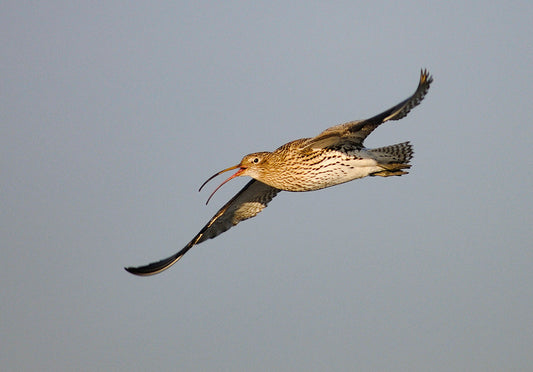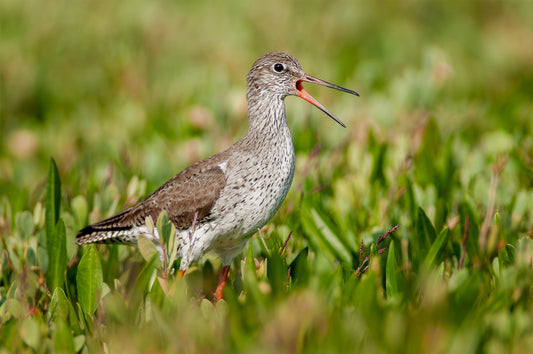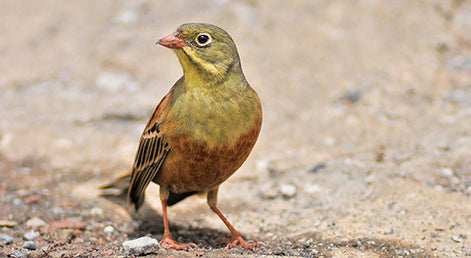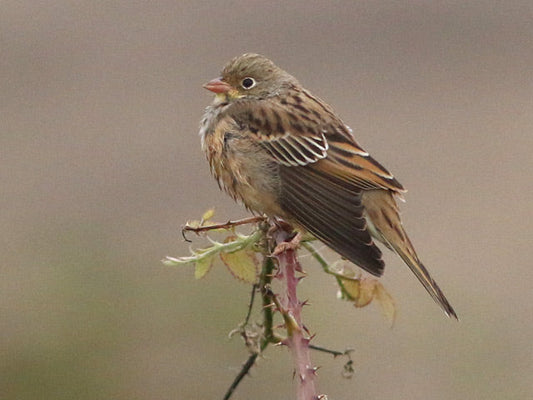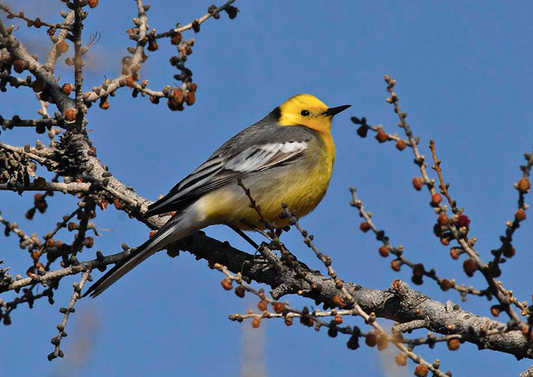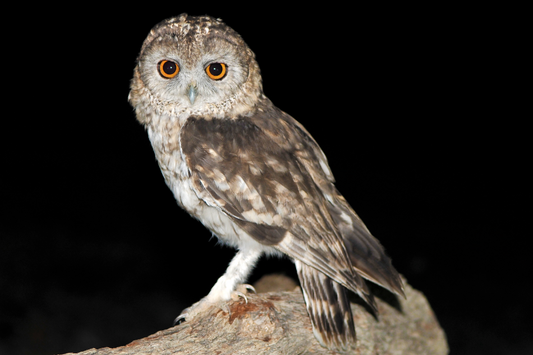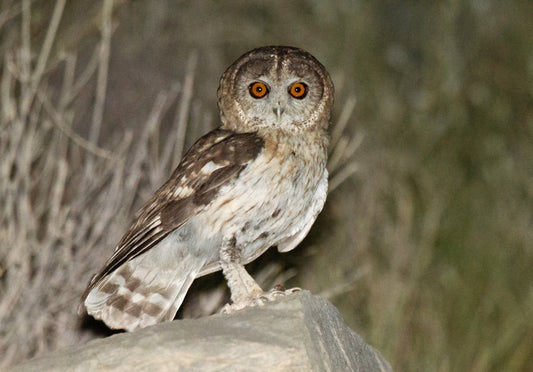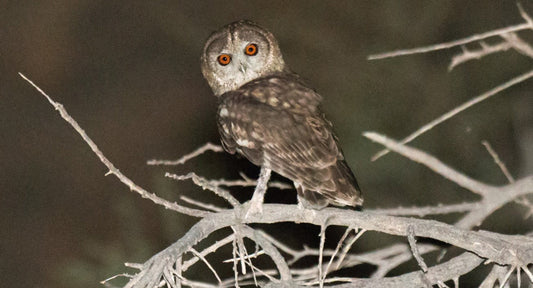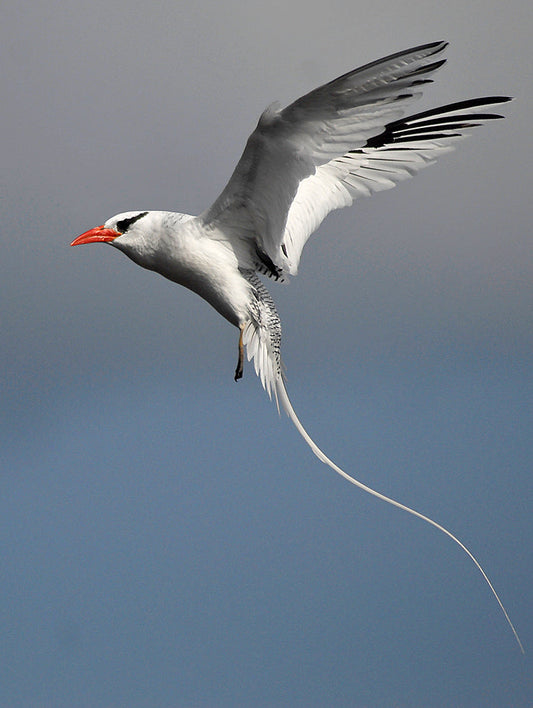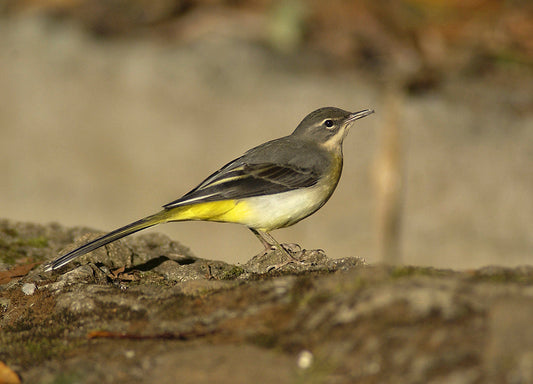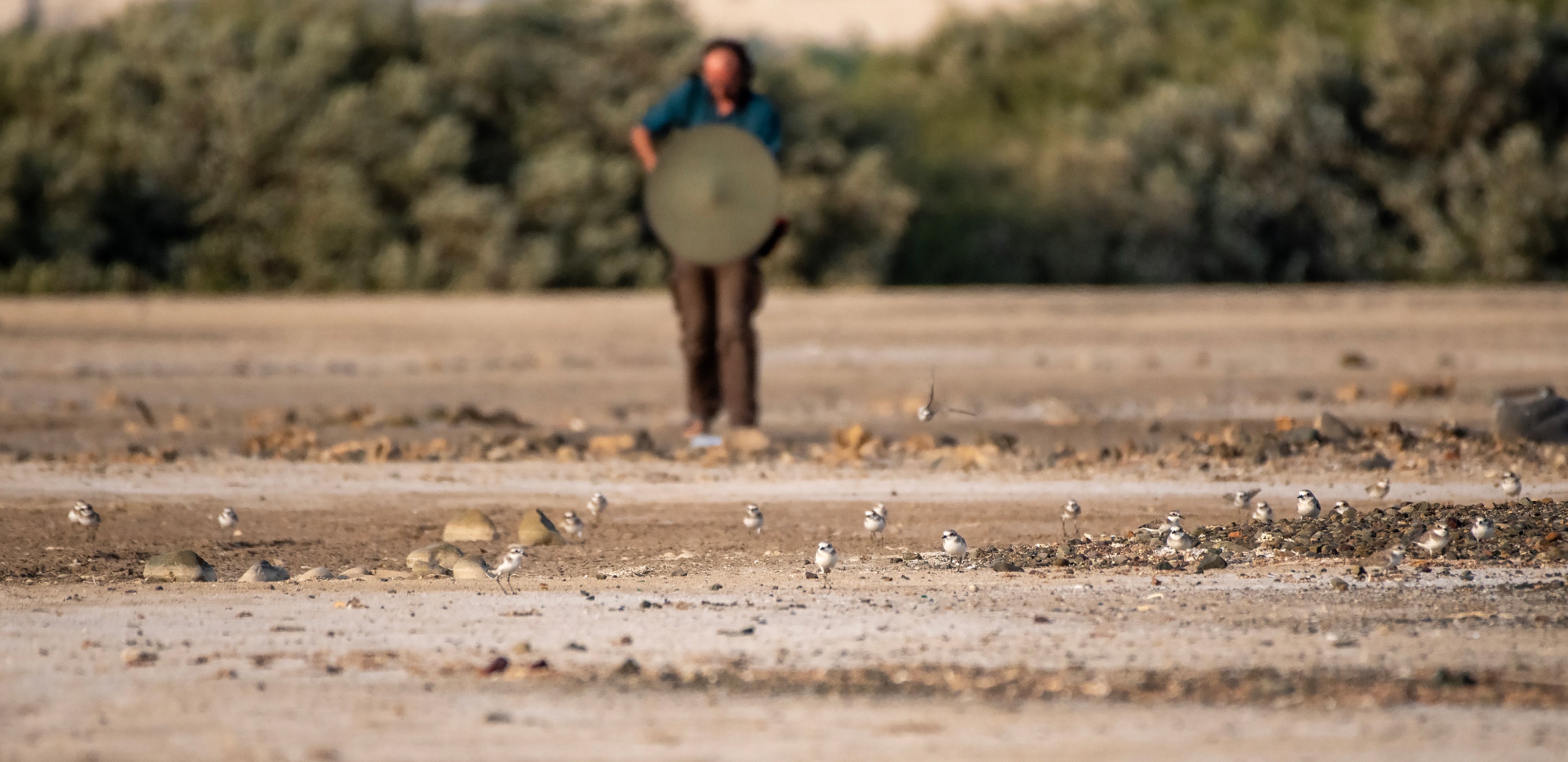
The Sound Approach
The world of bird sounds
High-quality recordings, award-winning publications and professional services
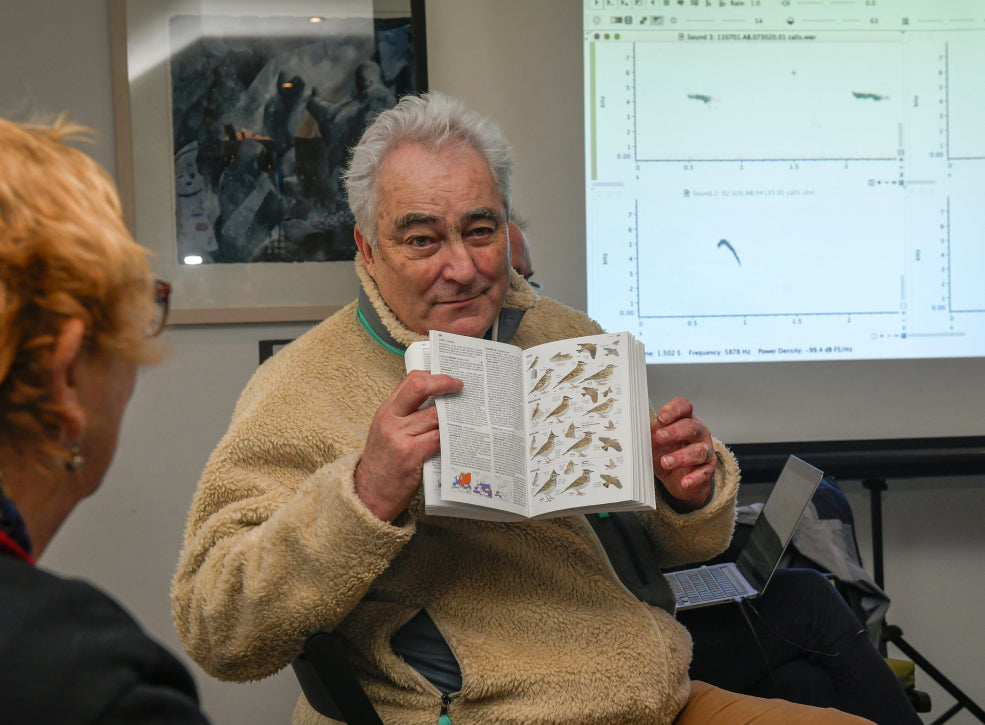
Welcome
Experts in bird sound identification, learning and media and commercial services
Welcome to The Sound Approach, the ultimate destination for bird enthusiasts, researchers and professionals. Whether you're a novice birder looking to identify your first species or an experienced professional seeking high-quality birdsong recordings, we have everything you need.
With decades of experience and a passion for birds, we offer an unparalleled archive of over 80,000 birdsong recordings, an extensive collection of award-winning books and expert media services for media production, research and more.
Our story
The Sound Approach is popularising birdsong and expanding our understanding of bird sounds. Whether you are a complete beginner starting your bird sound journey, are keen to expand your knowledge or want to delve into innovative research, we want to inspire birdwatchers to become bird listeners.
We own one of the largest private archives of bird sound recordings in the world, exceeding 83,000 recordings of more than 1,500 species, with a particular focus on the Western Palaearctic. We are an independent award-winning publishing house, with self-published books and multiple scientific papers.
-
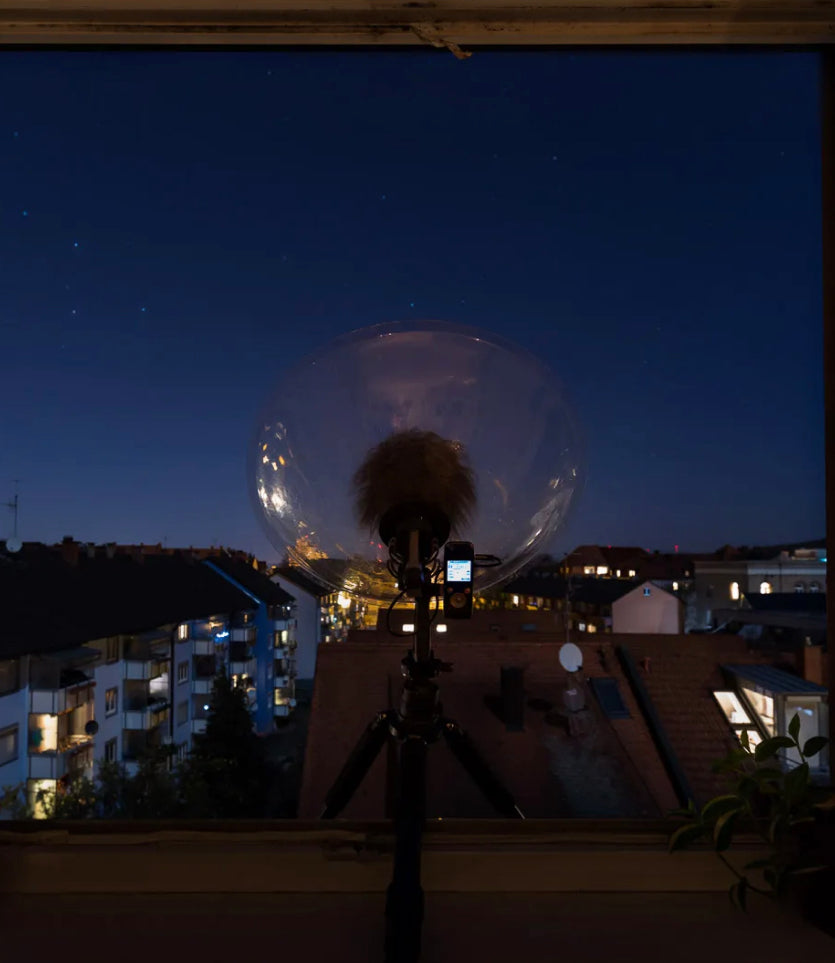
High-quality bird sound recordings
Our archiveDive into our library of bird sounds. With over 80,000 bird sounds on file covering 1,500 species, our archive is one of most professional, high quality and extensive in the world. Each recording is accompanied by expert knowledge, allowing us to identify, age and sex hundreds of species, contribute to global bird science and make breakthroughs in bird identification.
-
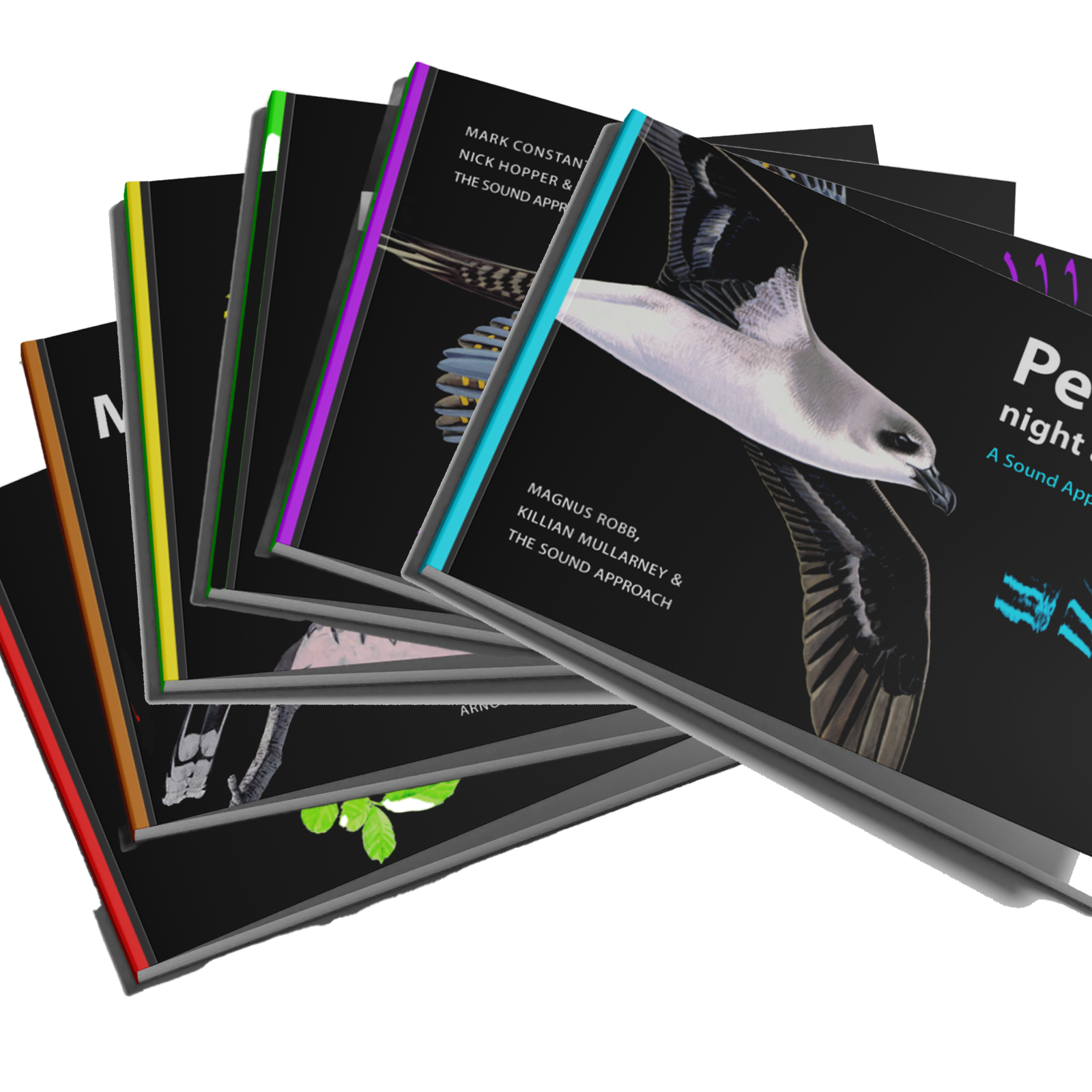
Comprehensive guides and books
Shop booksExplore our range of expertly written books, each dedicated to helping you identify and understand different bird species through their songs. Covering a range of species and geographical areas, our books are perfect for both bird sound beginners and seasoned birders.
-
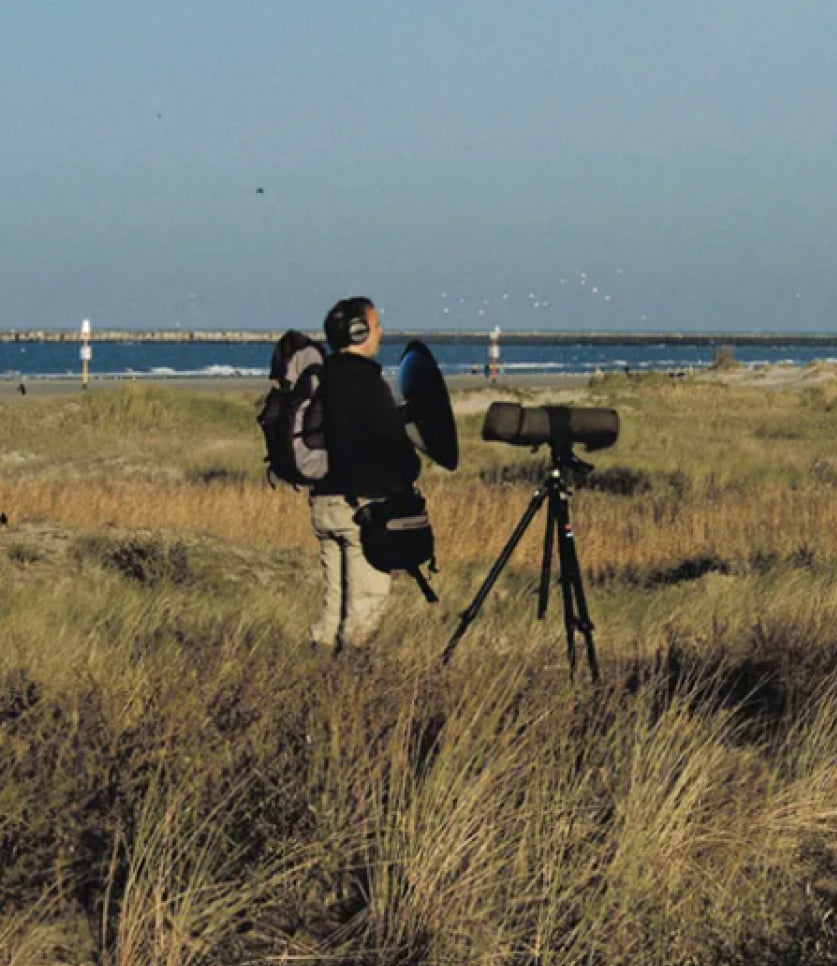
Media and commercial sounds for productions
ConsultancyLeverage our expertise in birdsong for your next film, documentary, or audio project. Having worked with industry giants like the BBC and Netflix, we understand the nuances of capturing authentic soundscapes. And being birders ourselves, we can testify to the importance of accuracy when compiling your natural sound effects...
Our books
-
The Sound Approach to Birding (2006)
Regular price £24.95 GBPRegular priceUnit price / per -
Petrels: night and day (2008)
Regular price £29.95 GBPRegular priceUnit price / per -
Undiscovered Owls (2015)
Regular price £34.95 GBPRegular priceUnit price / per -
Birding from the Hip (2009)
Regular price £14.95 GBPRegular priceUnit price / per -
Catching the Bug (2012)
Regular price £29.95 GBPRegular priceUnit price / per -
Morocco: sharing the birds (2020)
Regular price £49.95 GBPRegular priceUnit price / per
In-depth recordings
Our recordings are meticulously gathered and analysed, allowing us to unlock the secrets of bird sounds around the world. This has allowed us to delve into unexplored areas of bird science. Below are some of the species we have worked on...
Expert services
We can turn our bird sound knowledge to a range of industries, from media productions and compiled soundtracks to renewable energy, ecological surveying and the wellbeing industries. Contact us to discuss opportunities.
-
Production
Use our bird sounds in your production
-
Creative
Partner with us in the creative arts
-
Work with us
Find out if our expertise can help you
-
Our archive
One of the highest-quality bird sound libraries in the world
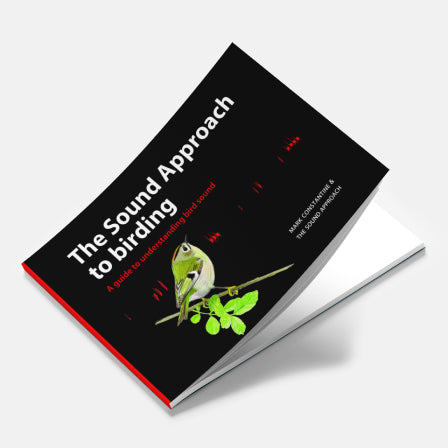
The Sound Approach to Birding
The book that started it all, By Mark Constantine and The Sound Approach. No matter what your level of knowledge, with The Sound Approach to Birding you will enhance your field skills and improve your standards of identification whilst listening to over 200 high quality sound recordings.
Latest
-
Olive-backed Pipit - Separation from Tree Pipit
Magnus Robb
Ortolan Bunting - understanding their nocturnal migration calls
Magnus Robb, Nick Hopper, Paul Morton & The Sound Approach
Sicily, Italy
Magnus Robb
Mount Kazbegi, Georgia
Magnus Robb
Wadi Al Mughsayl, Oman
Magnus Robb
Masirah and Shannah, Oman
Magnus Robb
Homer Spit, Alaska, USA
Magnus Robb
‘Vedi Hills’, Armenia
Magnus Robb
Fuerteventura, Spain
Magnus Robb
Buuveit, Mongolia
Magnus Robb
‘Jalman Meadows’, Mongolia
Magnus Robb
Gun-Galuut, Mongolia
Magnus Robb
Raso, Cape Verde Islands
Magnus Robb
Seward Peninsula, Alaska
Magnus Robb
1 / of 25- Choosing a selection results in a full page refresh.
- Opens in a new window.




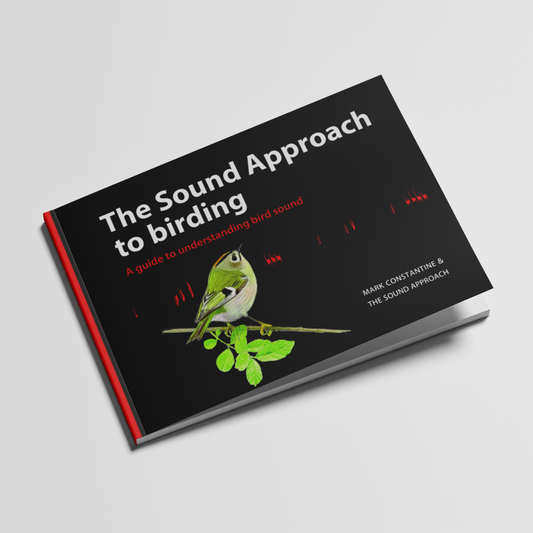



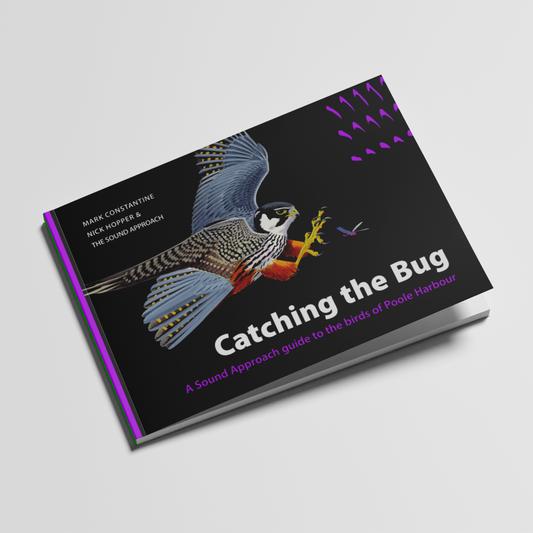

 Little Grebe
Little Grebe
 Common Quail
Common Quail
 Black-crowned Night Heron
Black-crowned Night Heron
 Black Redstart
Black Redstart
 Eurasian Whimbrel
Eurasian Whimbrel
 Little Bittern
Little Bittern
 Common Sandpiper
Common Sandpiper
 Spotted Crake
Spotted Crake
 Common Blackbird
Common Blackbird
 Common Greenshank
Common Greenshank
 Green Sandpiper
Green Sandpiper
 Common Redshank
Common Redshank
 European Pied Flycatcher
European Pied Flycatcher
 European Robin
European Robin
 Meadow Pipit
Meadow Pipit
 Wood Sandpiper
Wood Sandpiper
 Bar-tailed Godwit
Bar-tailed Godwit
 Redwing
Redwing
 Ring Ouzel
Ring Ouzel
 Eurasian Bittern
Eurasian Bittern
